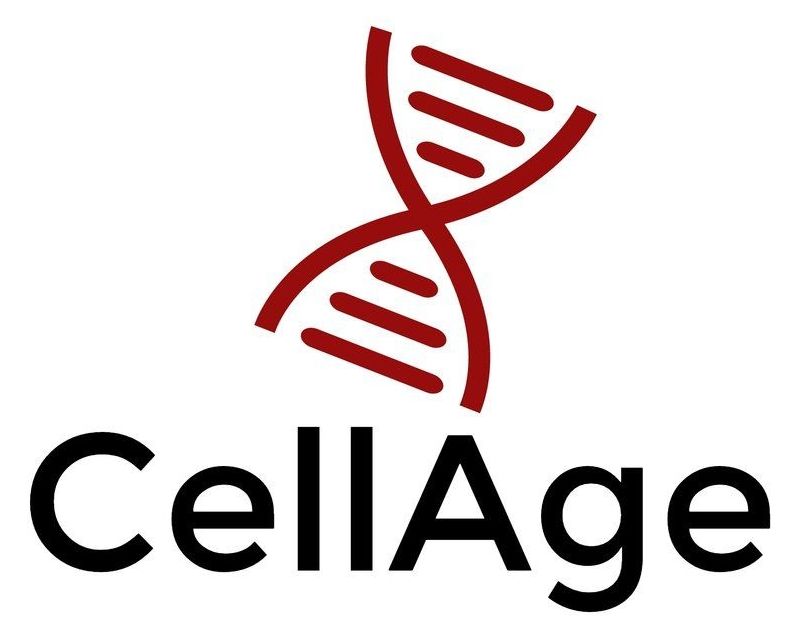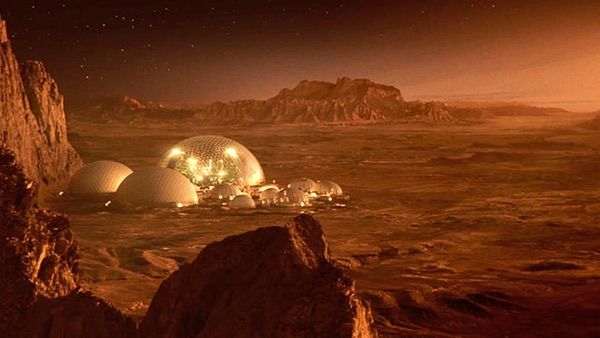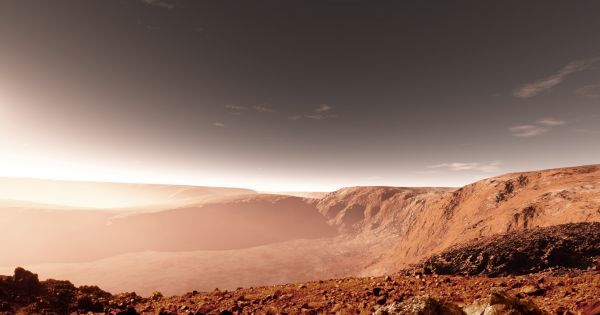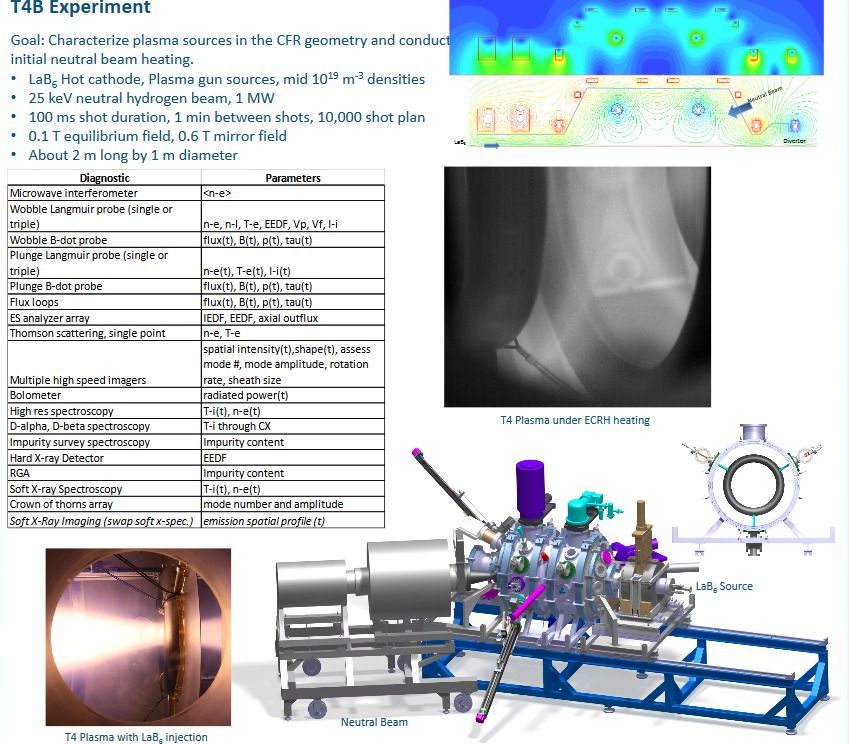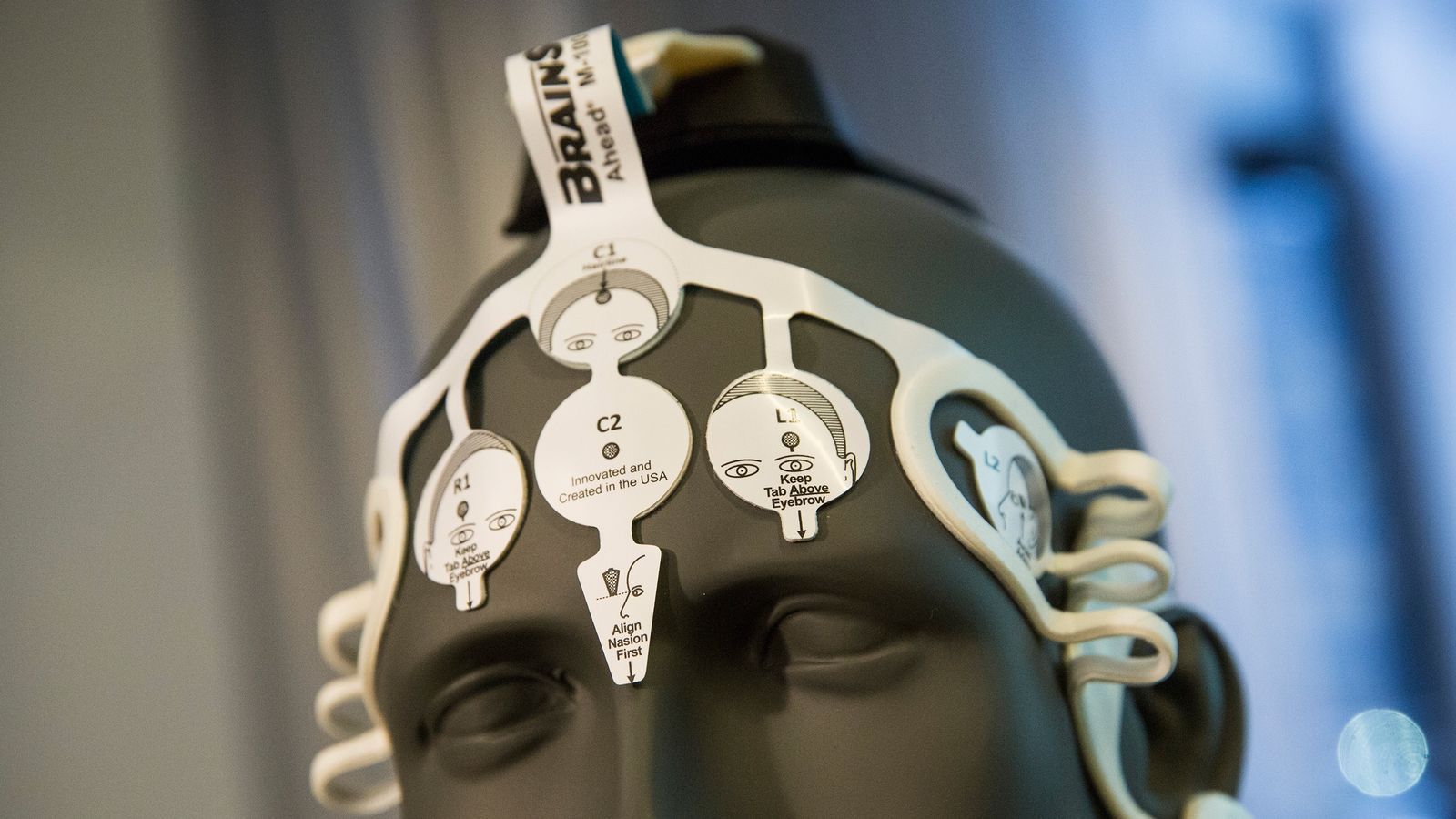Page 10070
May 2, 2017
Why Silicon Valley Can’t “Disruptively” Vote Its Way To Digital Immortality
Posted by Klaus Baldauf in categories: existential risks, governance, life extension, lifeboat, Ray Kurzweil, robotics/AI, singularity
You’ve probably heard about billionaires’ Plan B for when the end of the world comes, much of it centering around property in New Zealand. It’s not exactly a bad plan as far as doomsday prepping goes; buy a nice bunker somewhere in Middle Earth and wait out the chaos in luxury on one of two fairly isolated islands. Now, you may have noticed that front and center for such planning is Silicon Valley billionaire and Trump backer Peter Thiel of the pay-to-sue-Gawker-into-oblivion fame to the public at large, and ultra-libertarian venture capitalist with some crazy ideas about the future to the techies who know him. His backing of seasteading and support for Trump just because he got bored with Obama, are but a warmup to what he really has in mind for the future: immortality as a sentient super-AI.
No, you didn’t read that wrong, and no, this is not hyperbole. In fact, yours truly was once invited to an event where Thiel was a featured speaker after a rather public spat with the president of the Singularity Institute. I did not take up the offer because I had to be in class to learn how to build actual AI systems. And for full disclosure, I was invited to join an advisory board for a group of futurists called The Lifeboat Foundation, but like Groucho Marx, I didn’t want to be involved in a club that would accept someone like me as a member, much less as an advisor based on little more than me being a grad student at the time. So Thiel’s involvement with a group of futurists and an occasional computer scientist who thinks we’re on the verge of something a lot like the plot of Transcendence, is extremely well known in tech.
In fact, the belief that at some point, artificial intelligence and the march of technology will create a singularity that will alter humanity forever, has an alarming number of adherents in Silicon Valley. The face of the Singularity today, Ray Kurzweil, works at Google and runs Singularity University where it’s preached thanks to a multimillion commitment from his employer. And the fact that this belief is so popular in the world’s biggest tech hub isn’t all that surprising if we consider its followers. They’re told that their code and the technology they’re developing is changing the world, or they’re devoted followers of popular science news ready for the incredible future promised to us by the glossy magazines and sci-fi movies to arrive. To be told that by 2035 or 2045 we may become immortal through technology is appealing to say the least, and empowering for those who think they can help.
Continue reading “Why Silicon Valley Can’t ‘Disruptively’ Vote Its Way To Digital Immortality” »
May 2, 2017
CellAge announces a seed fundraising round
Posted by Steve Hill in categories: bioengineering, biotech/medical, information science, life extension
The CellAge project hosted last year with Lifespan.io has now joined up with Michael Greve and Kizoo to develop this technology. Community support for the project has helped move the project foward and will hopefully speed up progress as a result.
April 2017, Edinburgh. CellAge Limited (“CellAge”) has raised a seed round backed by Michael Greve´s Kizoo Technology Capital and a group of angel investors.
CellAge, a privately held synthetic biology start-up aiming to develop tools and therapies for age-related diseases, has successfully completed a seed fundraising round. In this round Kizoo Technology Capital and a number of angel investors have joined the effort to develop synthetic promoters which will make senescent cells identification and removal safer and more efficient. To achieve this, CellAge is planning to analyze transcriptional profiles of a wide range of senescent cell types using proprietary algorithm and construct novel promoters from candidate regulatory elements identified in this screen. The joint expertise in senescence, synthetic biology and bioinformatics gives CellAge a unique angle on improving ways how gene therapies could be targeted to senescent cells.
What happens if we never settle space?
“Never” is a really long time. So, for the sake of discussion, let’s define it as a human lifetime plus some margin—say, within this century. What if humanity has not built a space settlement anywhere in the solar system—not the Moon, Mars, or free space—within that time? Does that matter? Should it matter to any of the people who are currently interested in space settlement? Should they, will they, abandon their interest and enthusiasm?
May 2, 2017
Our Future Space Colonies Could Be Built Using Super-Strong Martian Bricks
Posted by Klaus Baldauf in categories: materials, space travel
Scientists have created bricks harder than concrete by compressing simulated Martian soil. Hypothetically, this means we could significantly bring down the cost of constructing shelters when we finally reach Mars.
The world is intent on sending humans to Mars, but the feasibility of Martian travel is dependent on cost. That’s why staying within budget is potentially the biggest challenge facing NASA’s recently released five-year plan detailing how humans will get to Mars. It’s also the reason SpaceX is pushing to make reusable rockets.
May 2, 2017
Lockheed compact fusion reactor design about 100 times larger than first plans
Posted by Klaus Baldauf in categories: engineering, nuclear energy
There is updated technical information on the Lockheed compact fusion reactor project. It was originally believed that the compact reactor would fit on a large truck. It looked like it might weigh 20 tons. After more engineering and scientific research, the new design requires about 2000 ton reactor that is 7 meters in diameter and 18 meters long. This would be about one third the length of a Dolphin diesel submarine and it would be slightly wider and taller. It would be similar in size to a A5W submarine nuclear fission reactor. We would not know for sure because the A5W size is classified but based on the size and likely configuration of a nuclear submarine this size estimate is likely.
They have performed simulations. In simulations, plasma confinement is achieved in magnetic wells with self – produced sharp magnetic field boundaries. • Design closes for 200 MW th reactor, 18 meters long by 7 meters diameter device assuming hybrid gyro – radii sheath and cusp widths and good coil support magnetic shielding. • Neutral beam heats plasma to ignited state. • The dominant losses are ion losses through the ring cusps into stalks and axially through the mirror confined sheath. • Good global curvature gives interchange stability.
Lockheed believes they can get better confinement at the cusps than the EMC2 polywell reactor.
Continue reading “Lockheed compact fusion reactor design about 100 times larger than first plans” »
May 1, 2017
Elevating Unity — Episode 3: First Feather
Posted by Brett Gallie II in category: transportation
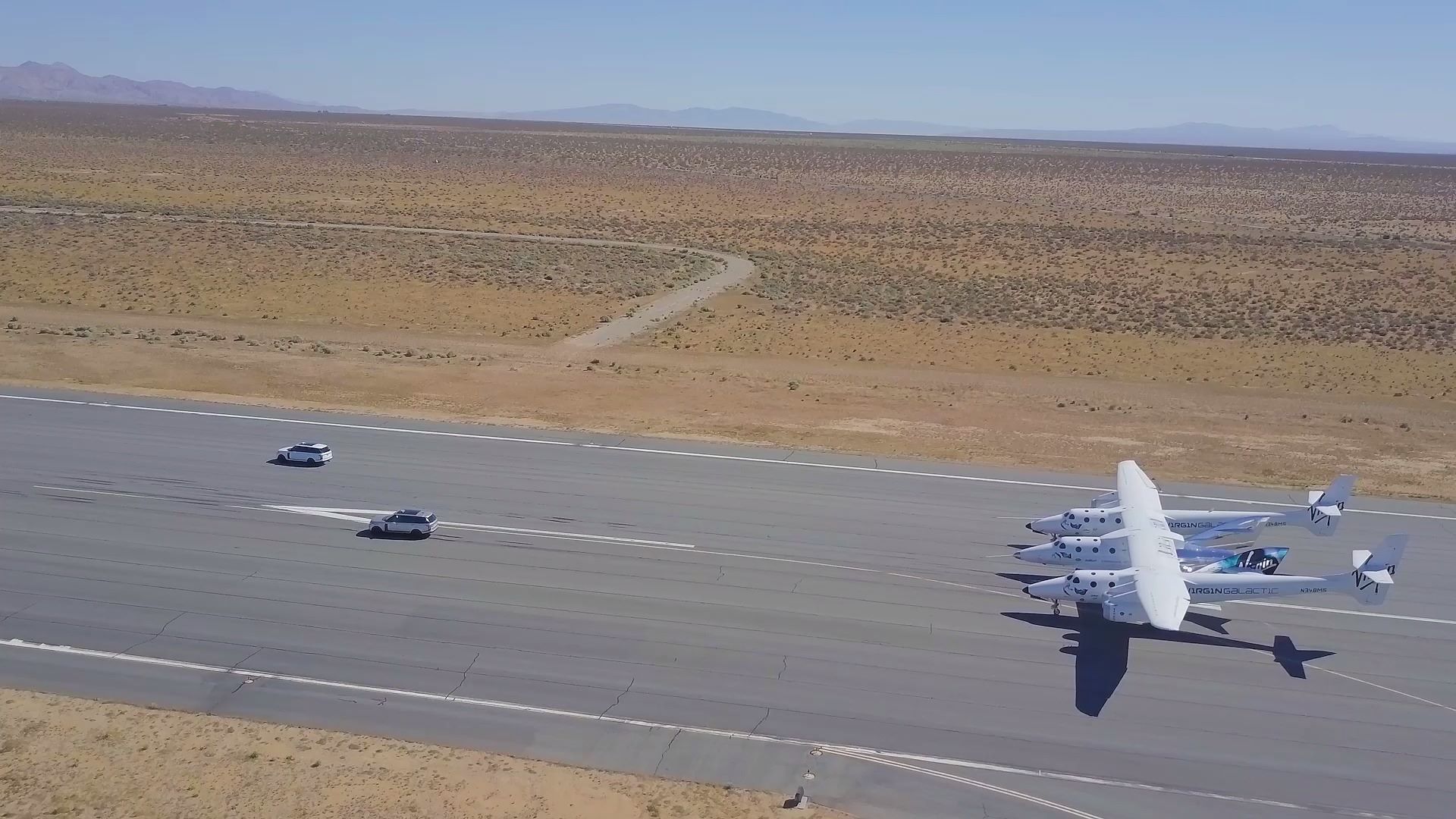
On May 1st, 2017 VSS Unity’s “feather” re-entry system was activated in flight for the first time. In this video, VSS Unity Project Engineer Gabe Williams describes the vehicle’s unique feathering re-entry system.
VSS Unity was piloted by Mark Stucky and Mike Masucci, with pilots Nicola Pecile and CJ Sturckow as well as flight test engineer Dustin Mosher in carrier aircraft VMS Eve. This test flight was the fourth glide flight (and eighth flight overall) of VSS Unity.
May 1, 2017
This Artificial Womb Just Successfully Grew a Sheep, Humans Could Be Next
Posted by Shailesh Prasad in category: biotech/medical
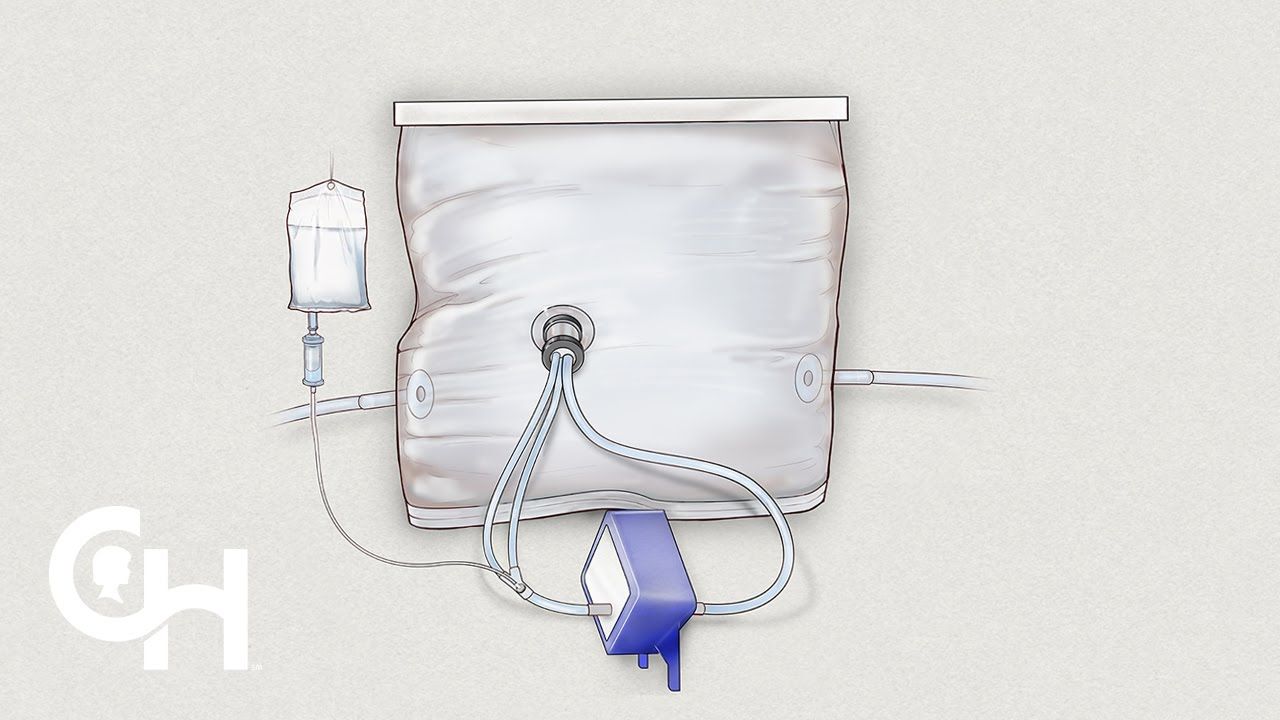
Researchers have developed an artificial womb to sustain the life of premature babies. That womb just proved successful in animal testing for the first time. This advance could radically transform the lives of millions of premature infants around the world.
The wombs look like nothing too spectacular. They appear more like oversized plastic bags with tubes and fluids rather than the Huxleyan tube babies of science fiction. However, eight of these external womb Biobags held a fetal lamb. During the growth, the lambs developed as their brain, lungs, and other vital organs grew. They grew wool. They even moved about and twitched. A few of the lambs have now grown into adulthood.
Continue reading “This Artificial Womb Just Successfully Grew a Sheep, Humans Could Be Next” »
May 1, 2017
The inventor of Siri says one day AI will be used to upload and access our memories
Posted by Shailesh Prasad in categories: law, robotics/AI
May 1, 2017
India to make every single car electric by 2030 in bid to tackle pollution that kills millions
Posted by Dan Kummer in categories: energy, transportation
It’s over for oil.
Every car sold in India will be powered by electricity by the year 2030, according to plans unveiled by the country’s energy minister.
The move is intended to lower the cost of importing fuel and lower costs for running vehicles.

